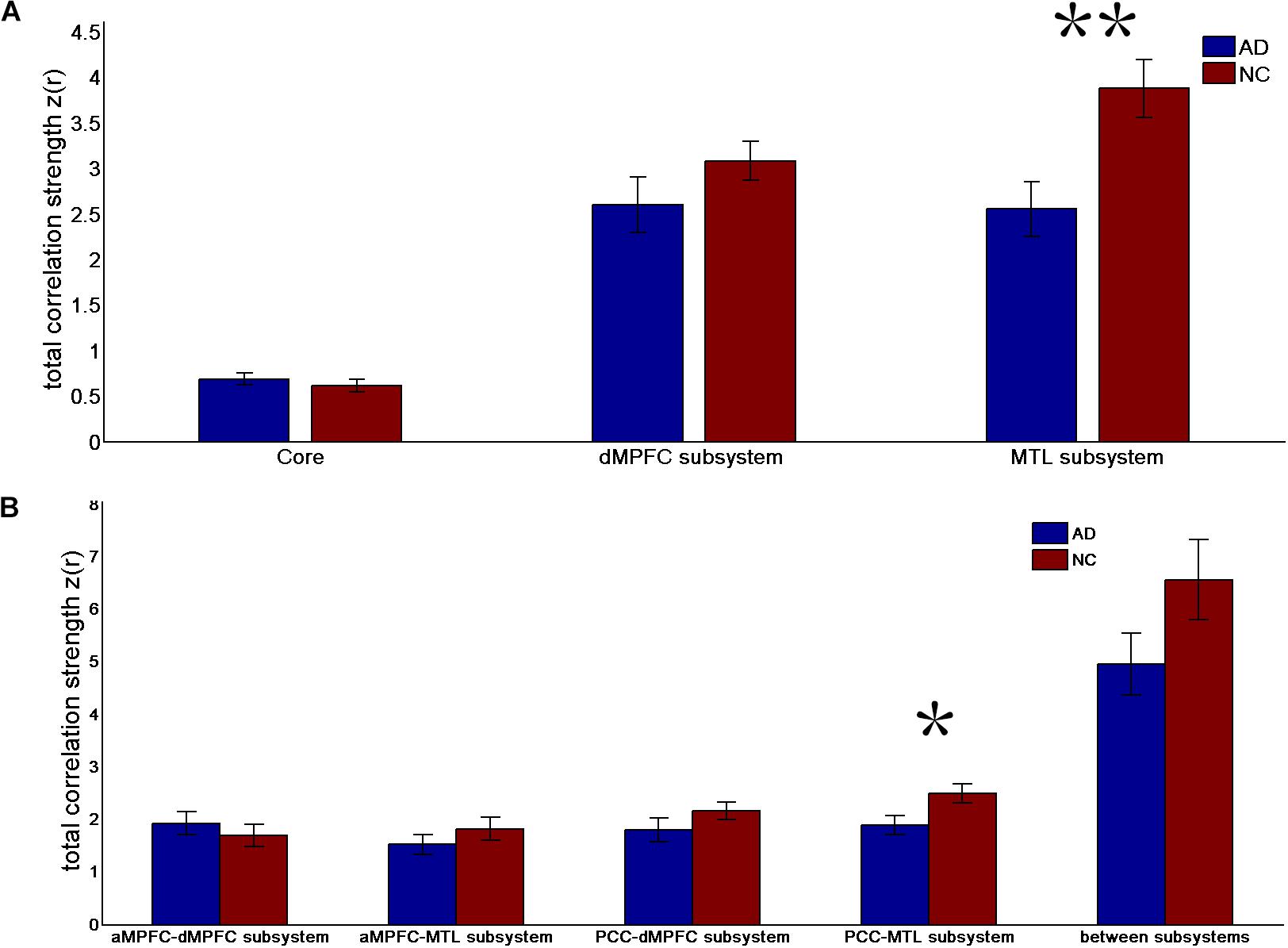

1 is to use Windows 10 insider (you can dual boot it if you want) OR you're gonna need to ask your VPN provider to let you login with multiple sessions so then you'll be able to connect directly to your VPN host from each of your VMs as well as your host OS, all at the same time.

So I hope the default switch work out for you but if not then you have 2 options.
That is: The FortiGate sends an email toMy test case was the web-based SSL VPN portal. If you try all of them and it Still fail to work for you then i think it's related to the new networking system in the Windows 10 insider that I'm using, apparently it doesn't have the previous problems. Here is a step-by-step configuration tutorial for the two-factor authentication via SMS from a FortiGate firewall. To check if multiple security associations exist for your customer gateway, see the Troubleshooting your customer gateway device. If you have more than one encryption domain behind your VPN's customer gateway, configure them to use a single security association. by the way on my host i didn't make any changes to the default virtual switch, all i did was to set 1.1.1.1 as my DNS in the VM, no static IP or anything. Limit the number of encryption domains (networks) with access to your VPC. Now i understand you've tried the default switch already and it wasn't successful but try it again like i did and see what happens. I use VPN to access a specific website that only lets users from a specific country to access it so that's how I know my VM can use VPN resources. okay so I just tried it on my PC.įirst restarted Windows, connected to my VPN, set Windows 10 enterprise VM to use the default switch, started the VM, then checked and I had both Internet and VPN access on the VM. Oh I thought the problem was that you couldn't get Internet in VMs with host VPN on.


 0 kommentar(er)
0 kommentar(er)
